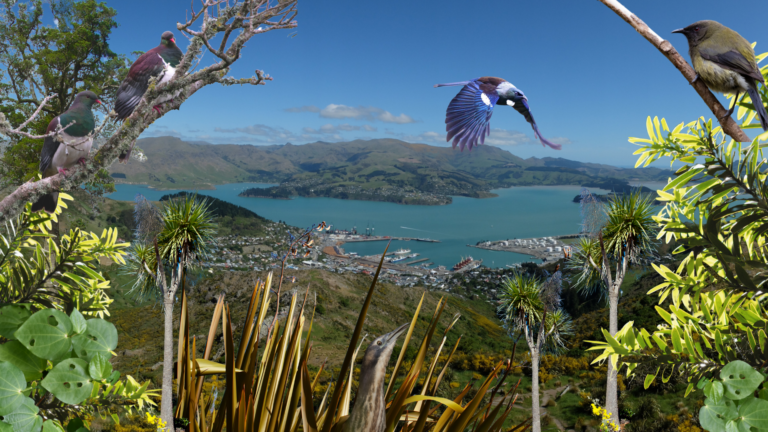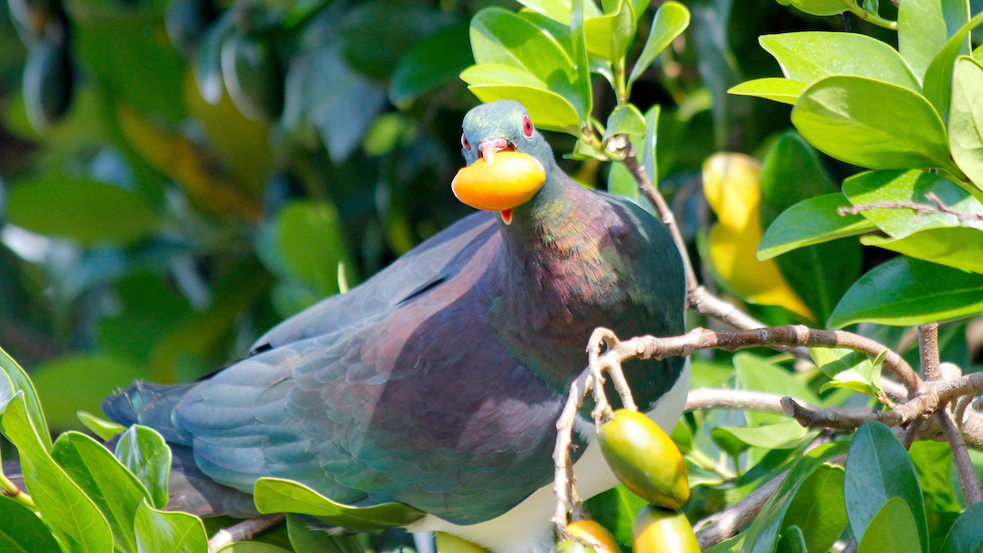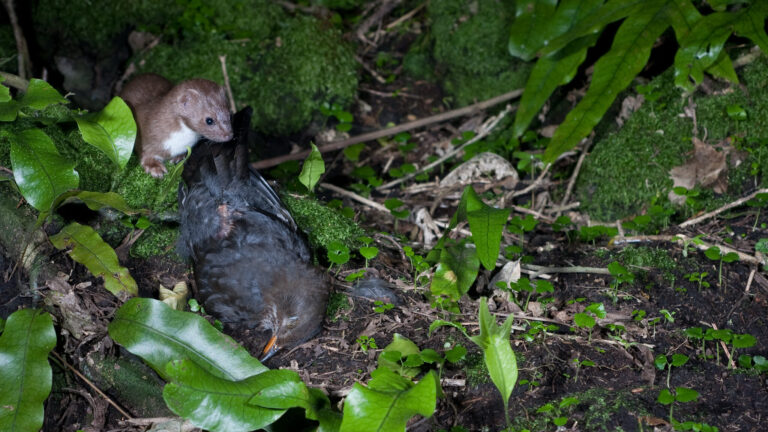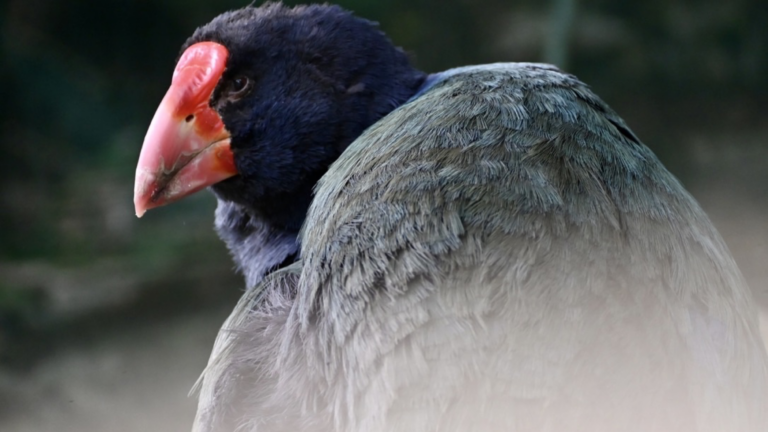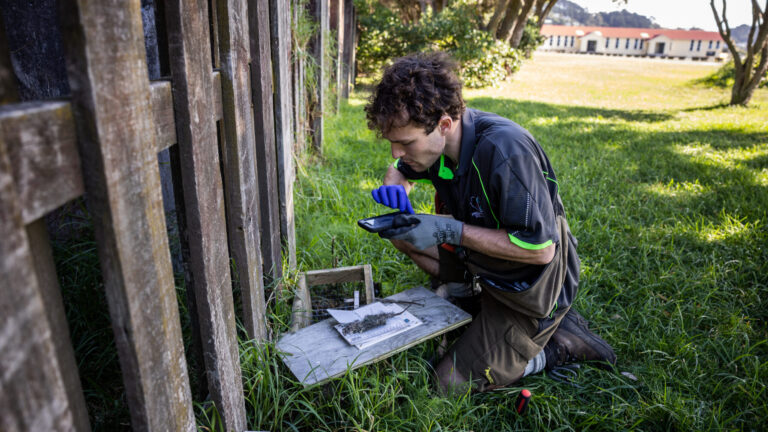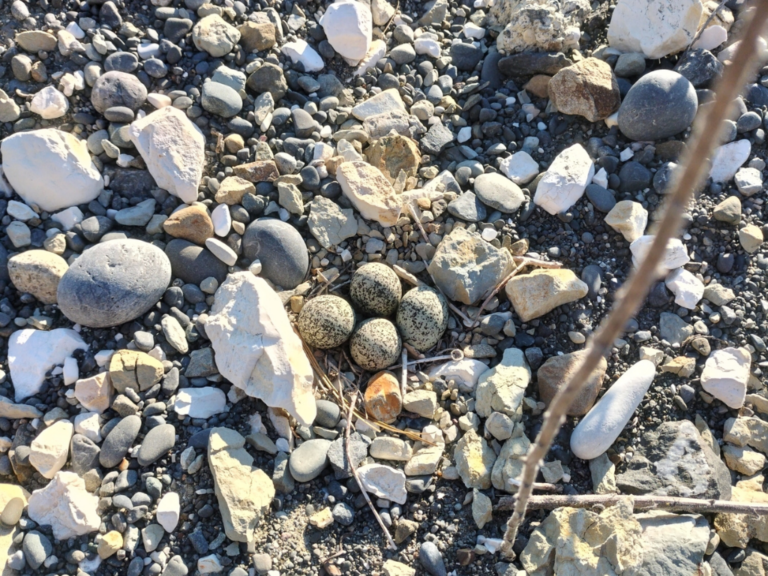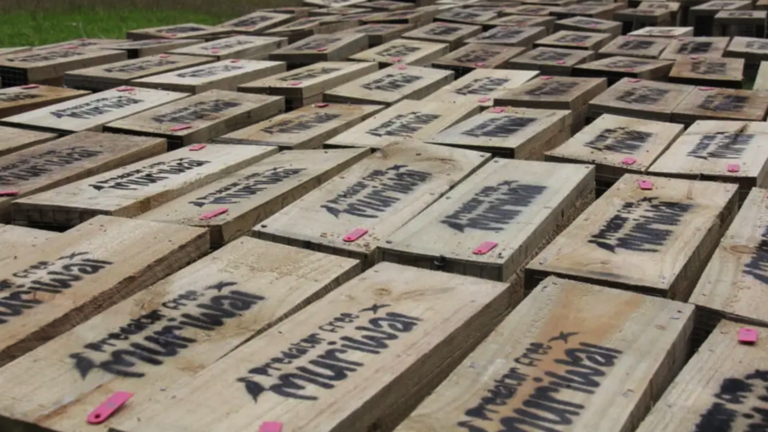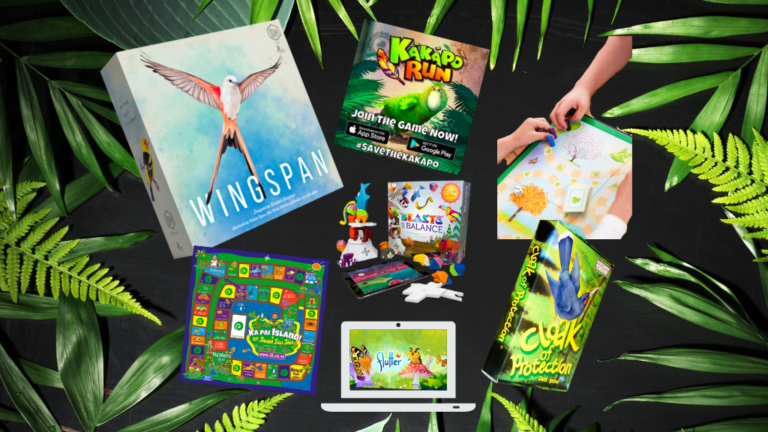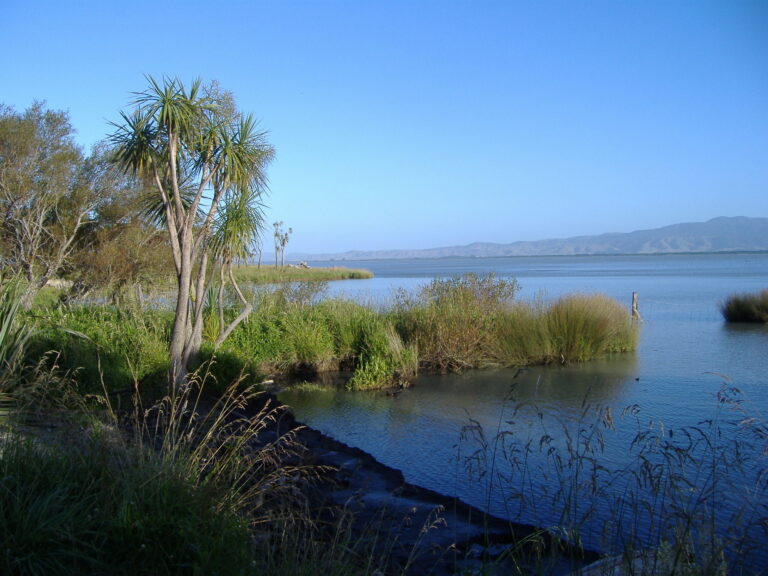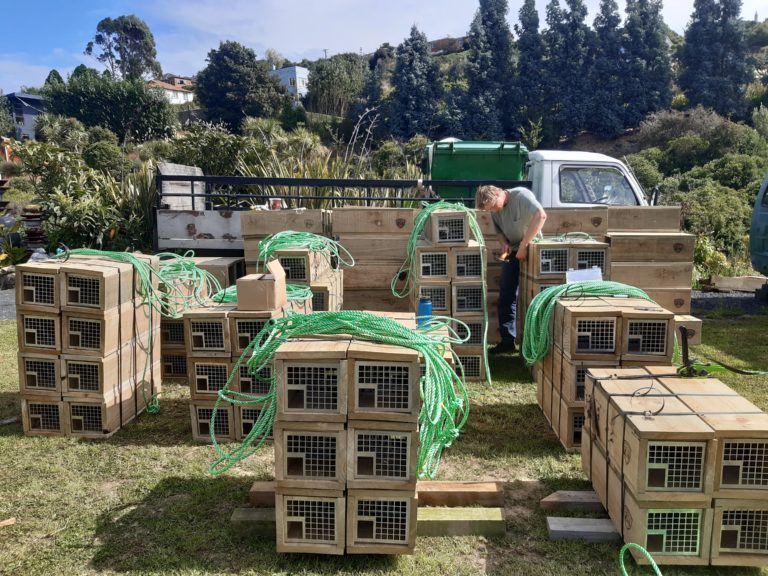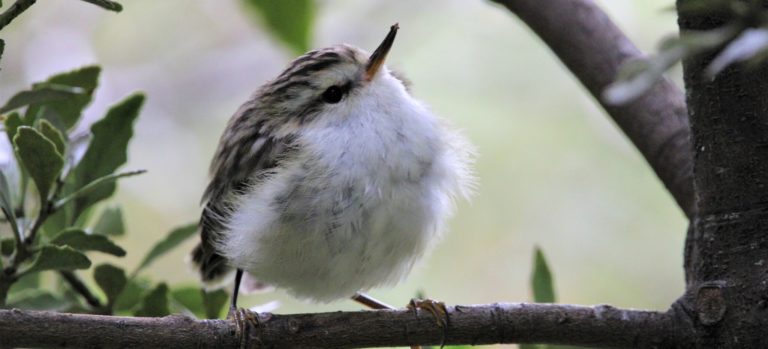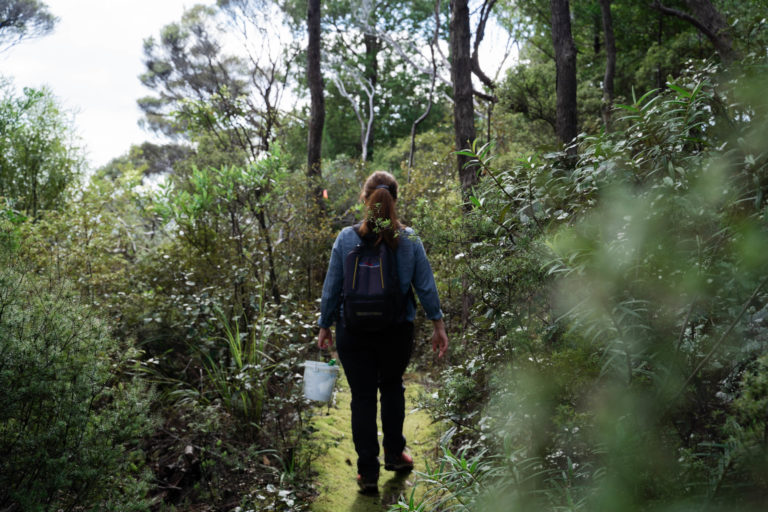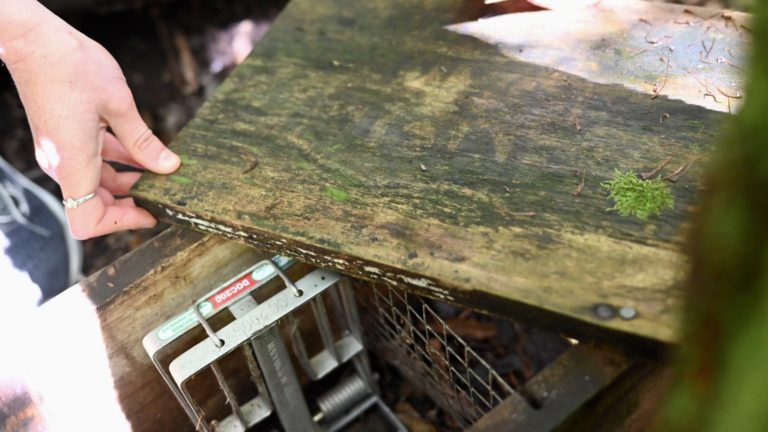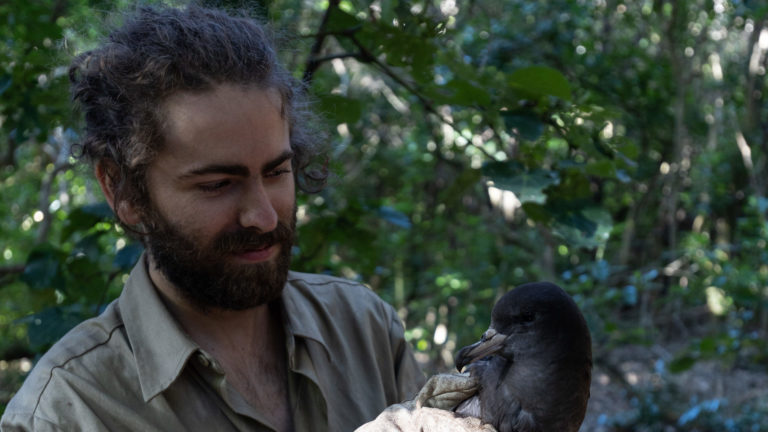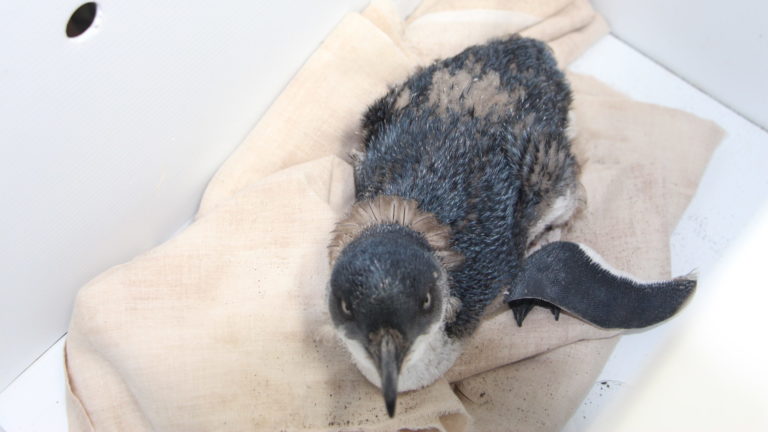All go in the garden city: predator free groups rewild Ōtautahi
Imagine if you could redesign your town or city. Would you fill it with concrete and cars or native bush and birds? The 2011 earthquakes…
Help not harm: tips to feed birds in your backyard
Birdfeeding in urban gardens is a popular pastime in Aotearoa New Zealand. Recent research shows that while feeding has potential benefits for native birds, there…
Bird count not body count: weasel study suggests recovery of native species more important than predator kill count
Described as “murderous saveloys with legs”, new research reveals weasels cannot be underestimated as a threat to native wildlife. It is suggested we pay closer…
5 life lessons from our takahē
Do you find puppets a bit weird? Are you mysterious? Love your family above all else? You might have more in common with takahē than…
Why does logging your trap results matter?
The key to keeping track of your contribution to predator free 2050 is likely already in your pocket. You might even be using it to…
Quiz: Guess the egg…
It’s Easter, and supermarkets are jam-packed with chocolate eggs. The association of these symbols of new life with Easter is imported from the northern hemisphere…
Communities unite to rebuild predator control efforts after cyclone
Communities from cyclone-hit areas will receive funding to rebuild their predator control efforts in our latest round of funding. A slice of $50,000 is on…
Move aside Fortnite: can games teach us to care for native species?
Games aren’t just entertainment – it turns out the right ones can also teach us about conservation and looking after nature. Gaming and play specialist…
What if there were giant sponges that could mop up carbon, floods, and house native species?
Muggy, boggy and waiting to be drained – our past opinions on wetlands have not aged well. Wetland restoration could be vital to tackling biodiversity…
Day in the life: installing a trap network in an ancient forest
Come behind the scenes with predator free apprentices Aidan and Jamie at Mammalian Corrections Unit (MCU) as they help establish an intensive trap network in…
As native birds flee to high ground to escape predators, will they have enough food to survive?
As climate change and introduced mammals push native birds into higher mountain forests researchers at Manaaki Whenua – Landcare Research wondered if there was enough…
5 insights from women in conservation
The gender gap in conservation is no secret — fewer than 30 percent of the world’s researchers are women. In celebration of International Women’s Day, we…
Who invented DOC traps?
How did an oil painter, bird-lover, and rock drummer come to invent one of the most well-known and widely used humane kill traps in Aotearoa…
Cracking into a career in conservation
Experienced predator control specialists are in hot demand, and we’ll need even more to successfully achieve the Predator Free NZ vision. The Predator Free Apprentice…
Naked & Afraid: help birds during moulting season
As birds lose their old feathers to make way for new healthy ones, they are stressed, vulnerable and grumpy. What can you do about it?…

